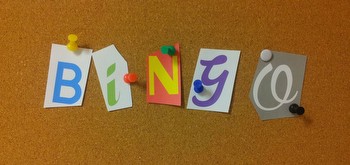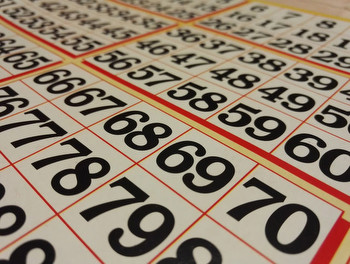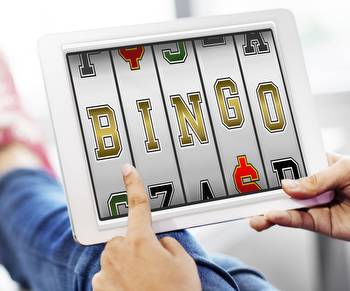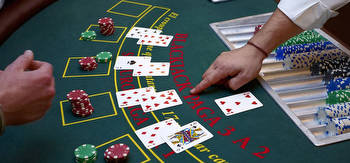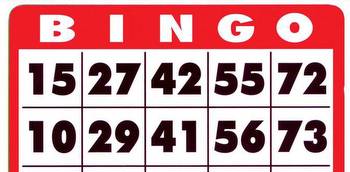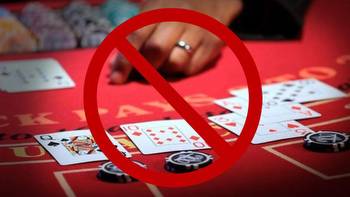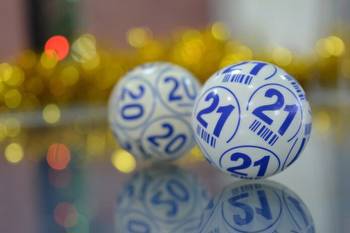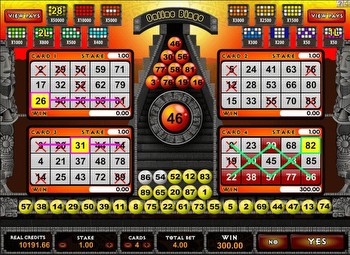The Fascinating Math Behind Bingo. Understanding the Probabilities

Bingo is renowned around the world as it is one of the most popular games. It is widely played across the planet by millions. It is arguably one of the simplest games to possibly play, which is why its popularity has continued to remain at its highest level.
It is a numbers game, and while there is some math involved regarding the probabilities that are involved, many enjoy it because it is simply about trying to mark off all of the numbers that they may have on their cards in order to potentially win some of the biggest cash prizes possible.
For many, the math takes a back seat when playing bingo, those that actually consider it could potentially enhance their gaming experience, as it is all about the probabilities of achieving a win.
There is a lot that can happen in a simple game of bingo, which is why it is popular with millions. While the premise of the game is basic in comparison to others, there are numerous factors that can play a role in whether a win is achieved. This is due to the probability of a certain outcome happening.
If you have played bingo online in the past, or you have attended a bingo hall where you can either play the game digitally or with actual balls being drawn, you may have noticed that there are different variants available. Variations of the game can provide different opportunities and experiences, as they may have certain features.
One of the most common ways a game of bingo can differ from another is in terms of the number of balls that are used. Online sites typically offer bingo games that feature either 75 or 90 balls. Naturally, the more balls that are available, the probability of winning is reduced. This is because more balls are in play, thus making it more difficult for the required ball needed to be drawn.
75-ball bingo is usually the most common game to be played, and the odds of winning when taking into account the probabilities that are involved can range from anywhere between 1 in 1.08 million and 1 in 76.3 million. This is based on the number of cards and players that are involved in the game.
Another factor that can have a significant impact on the probabilities of bingo is in regard to the number of cards that are involved. Players are not always limited to just one card, as they are able to purchase numerous amounts in order to try and increase their chances of winning.
It is important to remember that while everyone is competing for the same numbers, the more cards being used can be detrimental at the same time. Players may find it difficult to keep track of the game as they continue to look at each of their cards as they look to see if they have the number that has just been called.
Similarly, the number of players that are playing bingo can also have an effect on the probabilities that are involved in the game that is played. Naturally, more people playing means that there are fewer opportunities to potentially win. This is because there are more cards that will be in play, thus more competing to complete a line or a full house.
For some bingo games, more players involved can also be beneficial. This is because some feature jackpot sizes, and these can increase when more individuals play, thus making the game more lucrative. Again, it is important to understand, though, that there will be more players involved, thus reducing the probability of winning.
While many of us will simply just listen out or look out for our numbered balls being called and rush to mark them off our playing cards, there is no denying that there is math involved in the game.
Probabilities play a crucial role across bingo, as they can have an impact on the factors that are involved. By considering the number of players, cards, and balls in play, players can estimate their chances of winning and improve their strategies for the game.
Stay updated with all the insights.
Navigate news, 1 email day.











